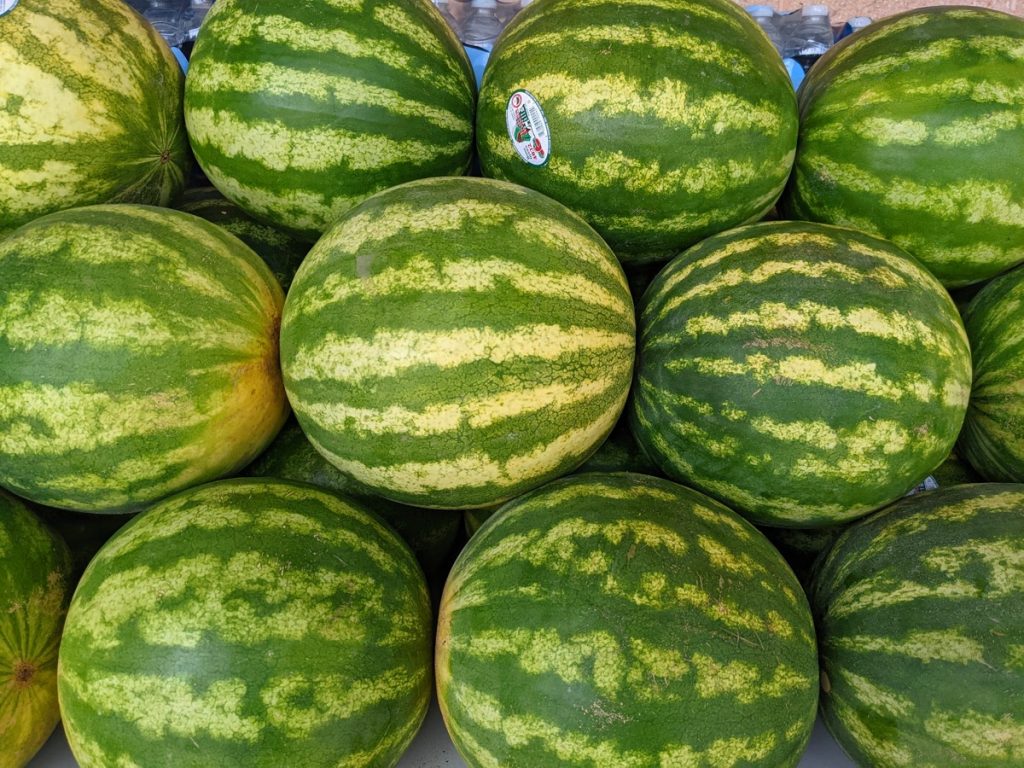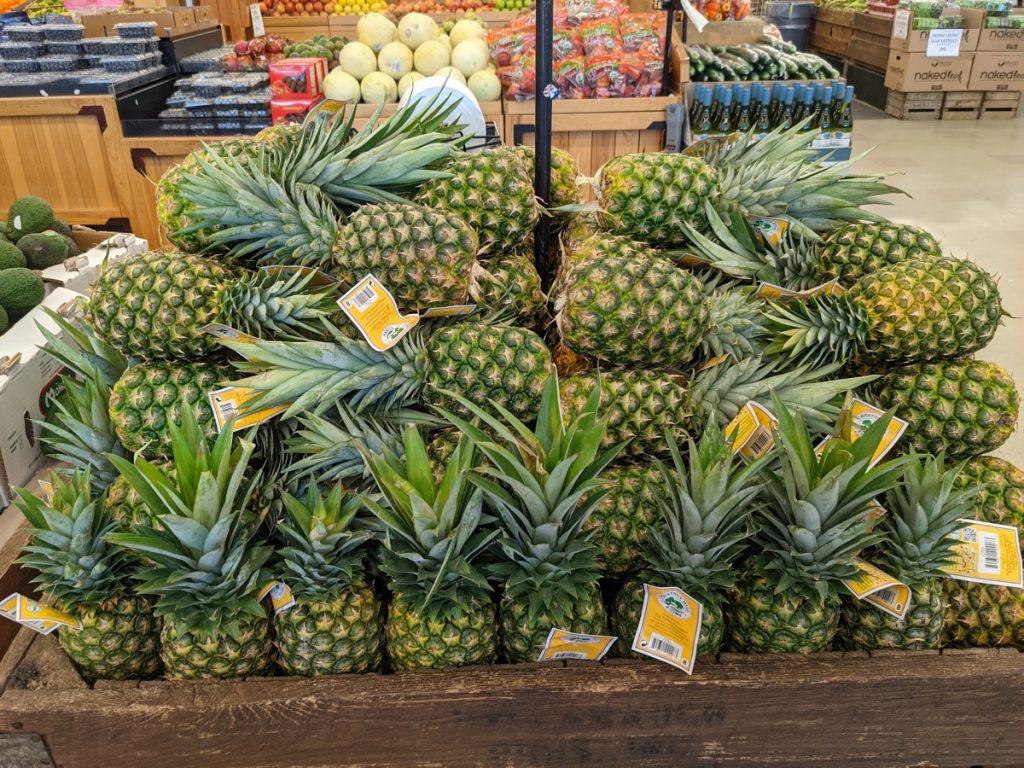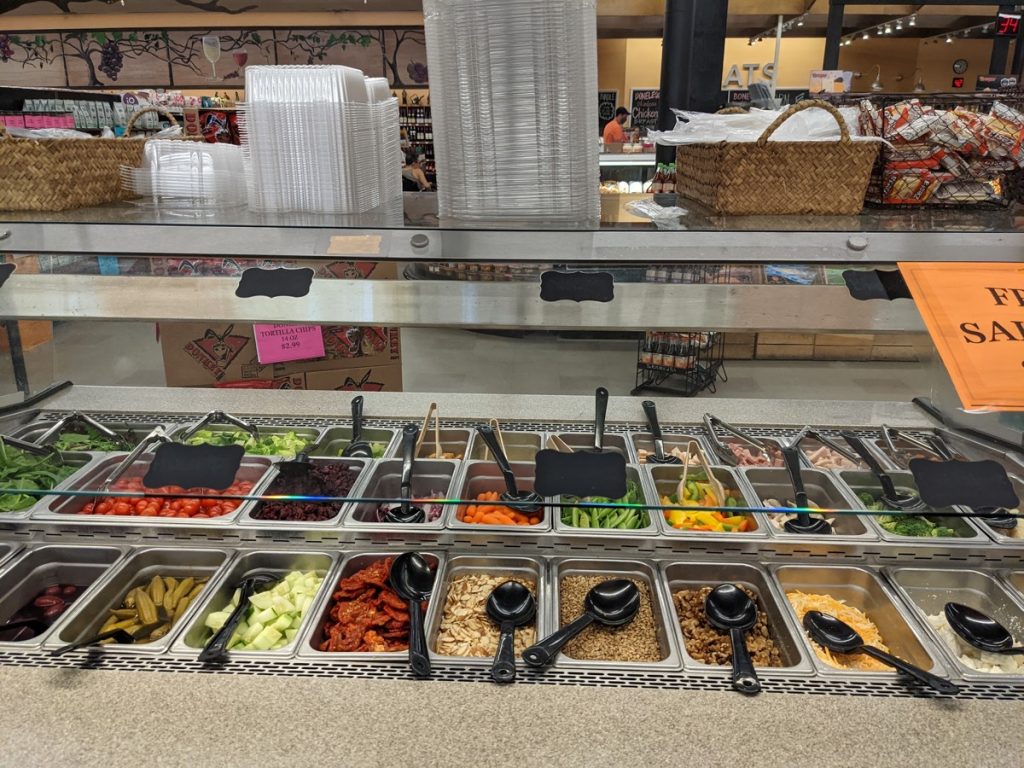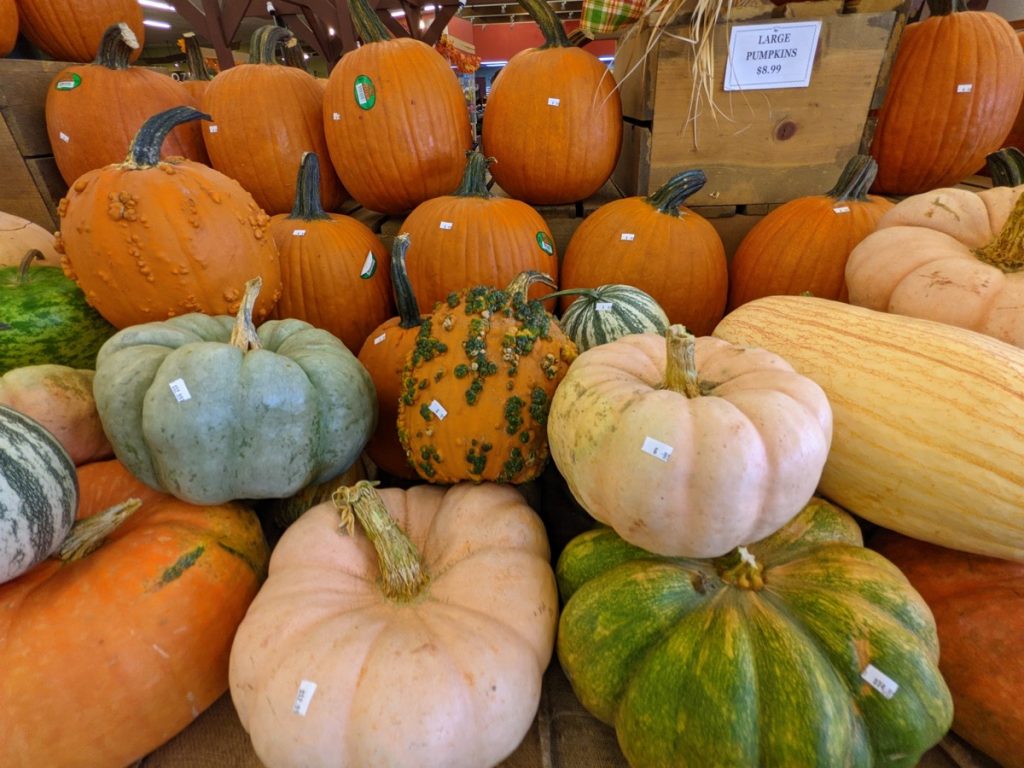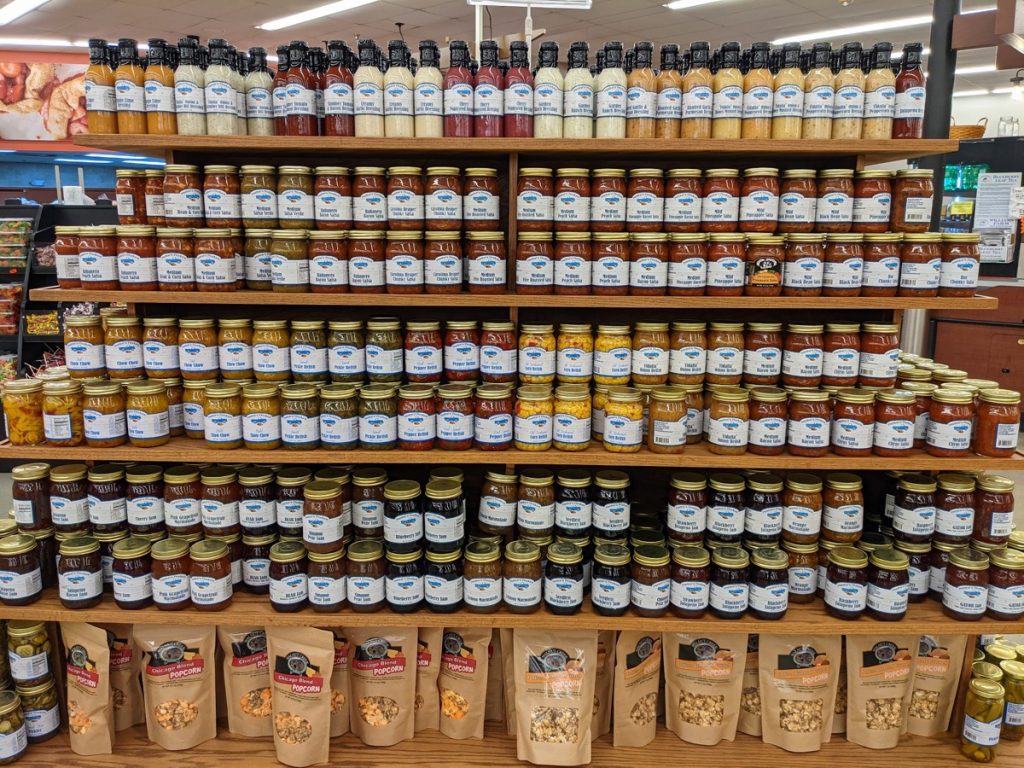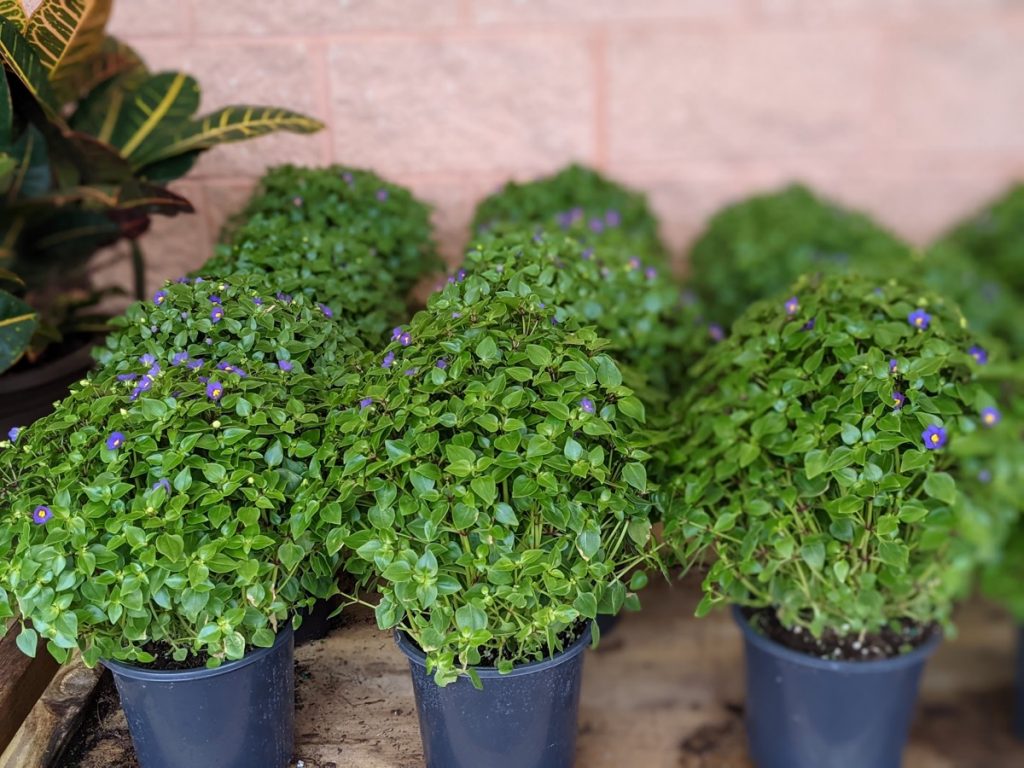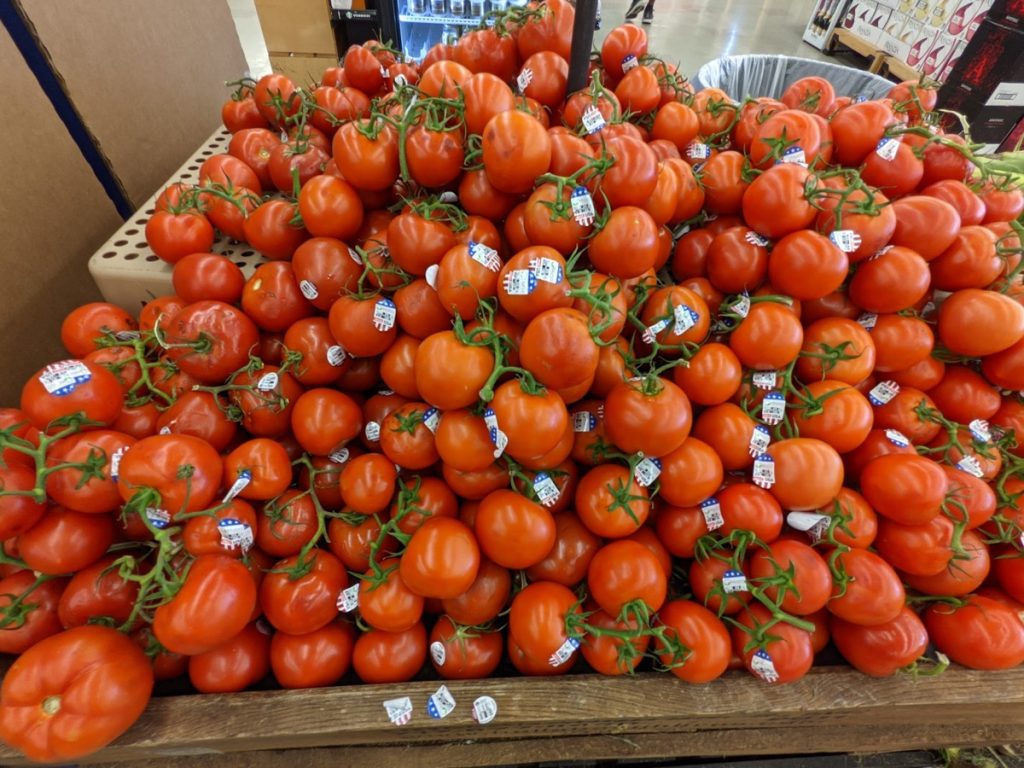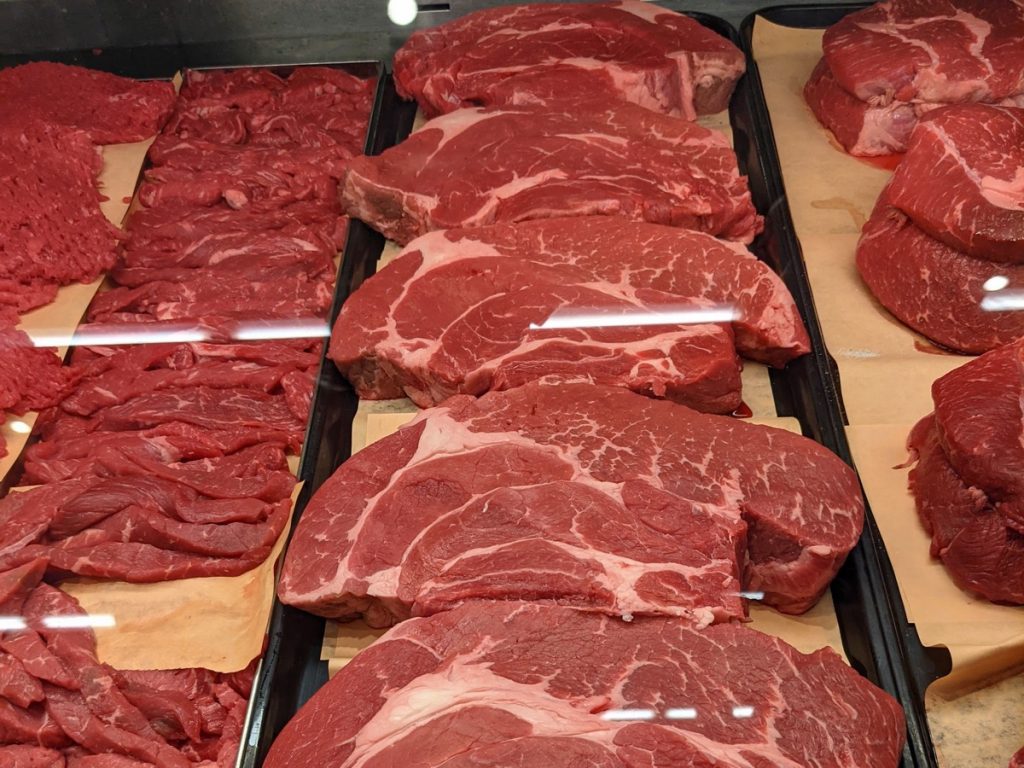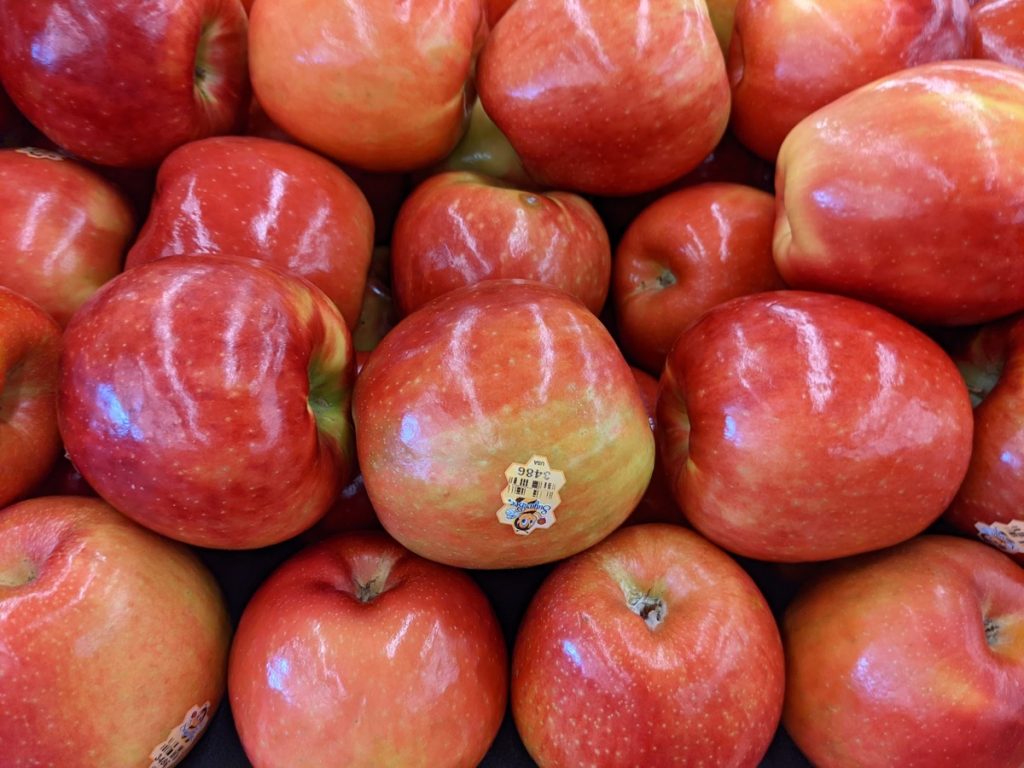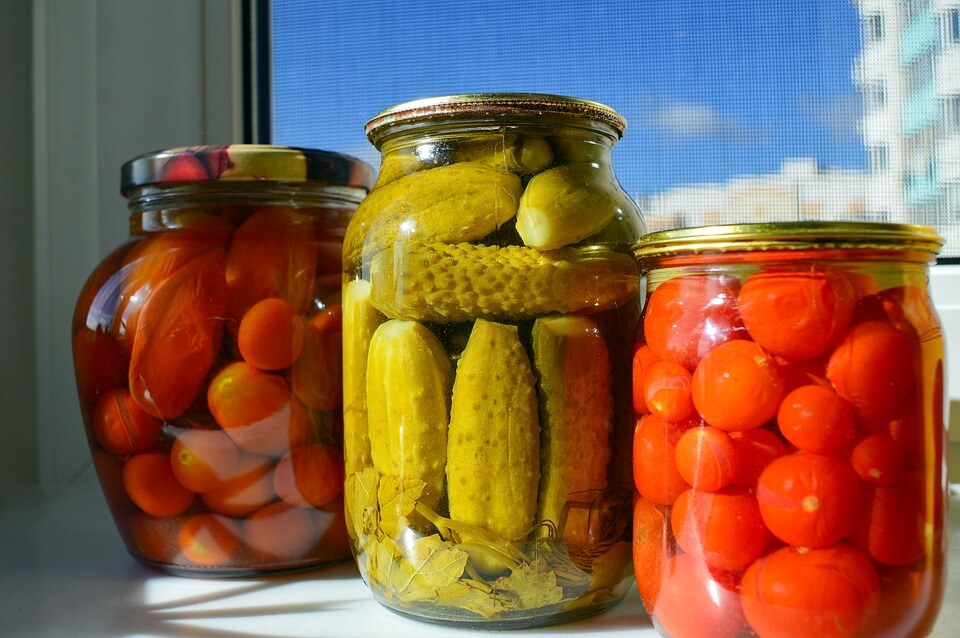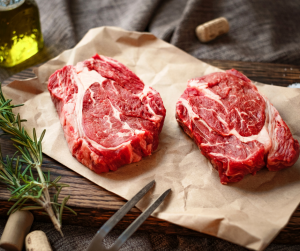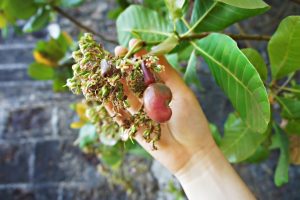Are you freakish for fruits and/or a veritable vassal to veggies? If so, what do you do when your favorite fruits or vegetables are going out of season? Not to worry.
Just freeze your favorites…
For fruits, gently wash with cold water and pat dry. Remove the cores of apples and pears, remove the pits from cherries and stone fruits like peaches, and hull your strawberries. Rough cuts are fine for smoothies. Evenly sliced wedges are good for pies.
Place fruit pieces, not touching, on a baking sheet lined with parchment paper. When frozen, which could take anywhere from three to twelve hours (Do not leave too long past twelve hours or you may experience freezer burn.), transfer them into freezer safe plastic containers or plastic freezer bags. Vacuum sealed bags are even better.
For veggies, trim green bean ends, slice zucchini and squash, core tomatoes, trim woody ends from asparagus, seed and slice peppers, cut broccoli and cauliflower into florets, shell peas and peel and cut carrots. Blanch, transfer into a bowl of ice water, drain well and pat dry. Then place them on a baking sheet and transfer to a freezer safe container once frozen. They will last up to three months.
Or can your fruits and vegetables…
Sterilize your jars by boiling them in water. Next, prepare your produce. If you are pickling cucumbers, trim off the blossom end to keep them crisp. Then cut into slices or spears. For tomatoes, slice a small X on the bottom, boil for 30-60 seconds, place in cold water to stop boiling process, remove stems and now easy to peel skins. Remove stalks, stems and leaves from fruits such as berries. Apples and pears should be peeled with their cores removed and then cut into quarters or squares. Apricots, peaches and nectarines can be stored in jars whole or cut and semi-skinned or peeled.
Hot fruits and vegetables should be immediately placed loosely in canning jars. Raw foods should be packed firmly in jars. Then cover with water, juice, syrup or your brining mixture that has been heated to a boil. Leave space at the top of the jar to allow for expansion from heat and to allow for a proper vacuum seal. Remove air bubbles by placing a non-metallic utensil inside the jar between the jar and food. Tighten the lids securely, and store in a cool, dark, dry space.

